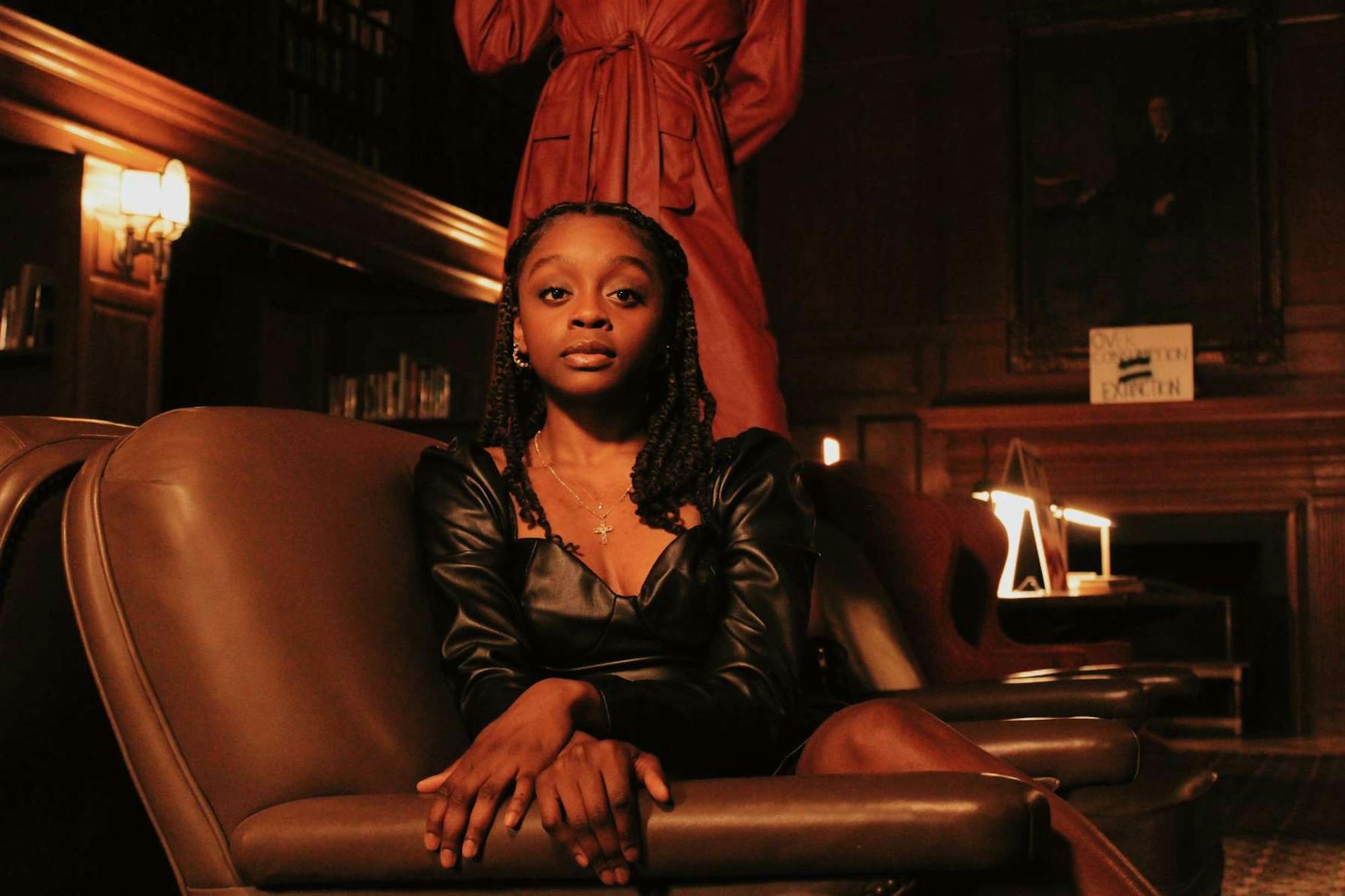No one is exempt from the realm of fashion. A simple choice of clothing says an incredible amount about a person’s style, tastes, culture and emotional state. In truth, fashion is a silent storyteller, an art form woven into our daily lives — one that is ultimately inescapable. Though, in Hanover, where the winters are dreary and students are overrun by their readings, it’s often difficult not to dress for comfort over style. Or dressing in regards to the fashion around us.
Fashion et cetera, though, is attempting to fight back.
According to club president Joshua Vorbrich ’24, Fashion et cetera aims to transcend the social, cultural and weather limitations on clothing in Hanover and provide a space for artistic expression through the medium.
“Dartmouth doesn’t have any fashion programs, so one of the main goals of this club is to fill that [artistic] void and be a space for creative people who are passionate about fashion to embrace those aspects of their personality and pursue those interests,” Vorbrich said.
Josephine Boutte ’26 said she joined the five-person Fashion et cetera board her freshman spring. She has been involved ever since.
“We all collaborate on everything, which is great, because we all have great different perspectives, and it’s not always one person doing the same thing,” Boutte said. “We also have extensions, who are people that want to do makeup or help with lighting for the shows.”
Boutte said Fashion et cetera — which meets weekly — commences its termly meetings by discussing whether members want to organize a show during the term. From deciding a theme to finding a fitting venue, shows typically involve a lot of planning. Boutte added that the group tends to focus on organizing a single, extravagant show.
Boutte said the first part of staging a fashion show is cultivating its thematic concept.
“We usually start [by] envisioning what the vibe of the show is going to be,” Boutte said. “To do that, we make Pinterest boards, [and we] have weekly meetings where we’re throwing ideas at each other and seeing where everyone is at.”
An example of a recent theme is “Gardens of Babylon” which happened in Collis Common Ground last spring. The club decorated the space with hanging flowers and swirling lights, creating a magical garden ambiance. Once the theme is established, the club begins the search for clothes, accessories and outfits to fit their selection.
“One of the biggest goals of the club is to promote sustainability and […] options that are not fast fashion,” Boutte said. “The clothing utilized [for the fashion shows] is about one-third thrifted and two-thirds rented.”
This winter, the club put together its first fashion show of the year, entitled “Anarchy in Academia.” The show took place in the Tower Room of Baker Library, according to Boutte.
“The weather was gloomy, and we were feeling kind of edgy,” Boutte said. “We wanted to play on the concept of Dartmouth preppyness with a lot of academic outfits and put our own cynical twist to it.”
Vorbrich noted that fashion is oftentimes interdisciplinary, requiring skills from set design to makeup to contribute to their shows.
“The [winter] show engaged a lot of different creative people across different disciplines from set design to videography to styling,” Vorbrich said.
Eddi Aronson ’26, the makeup artist for the winter show, said she was inspired by birds when designing her looks..
“I did a swan motif where I caught people’s eyelids that mimicked the wing of a swan, and it really embodied the dark academia we envisioned really well,” she said. “I think it went well with a lot of the pieces in the show.”
Drawing upon the theme of dark academia, the club wanted to relate the show back to something audience members could connect with: Dartmouth.
“The club aimed to utilize the show as a way to appreciate and comment on Dartmouth culture at the same time,” Boutte said.
Incorporating familiar traditions, the show featured details that reflect Dartmouth’s unique culture.
“We did a lot of posters that were actually specific to Dartmouth,” Boutte said. “So there was a last chance poster, a Marriage Pact one. It was playing on the social pressures of Dartmouth.
The show was an opportunity to unite students across campus including those who were involved in the planning and execution to those who came to support their peers as audience members.
“[Fashion] presents a really unique opportunity for creative people from different areas to come together and use their skills to work on a more artistic problem,” Vorbrich said.




